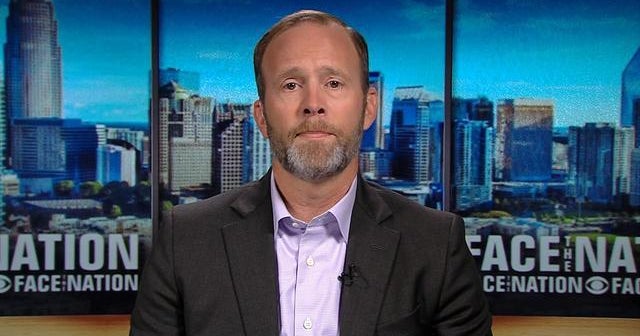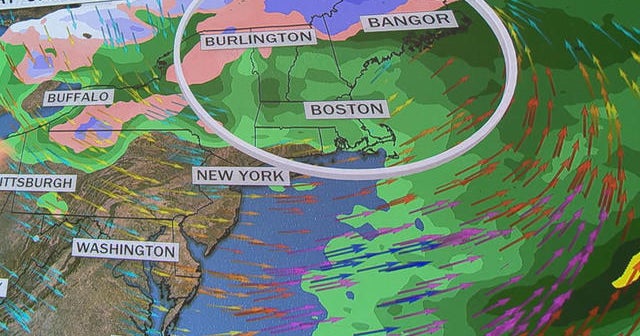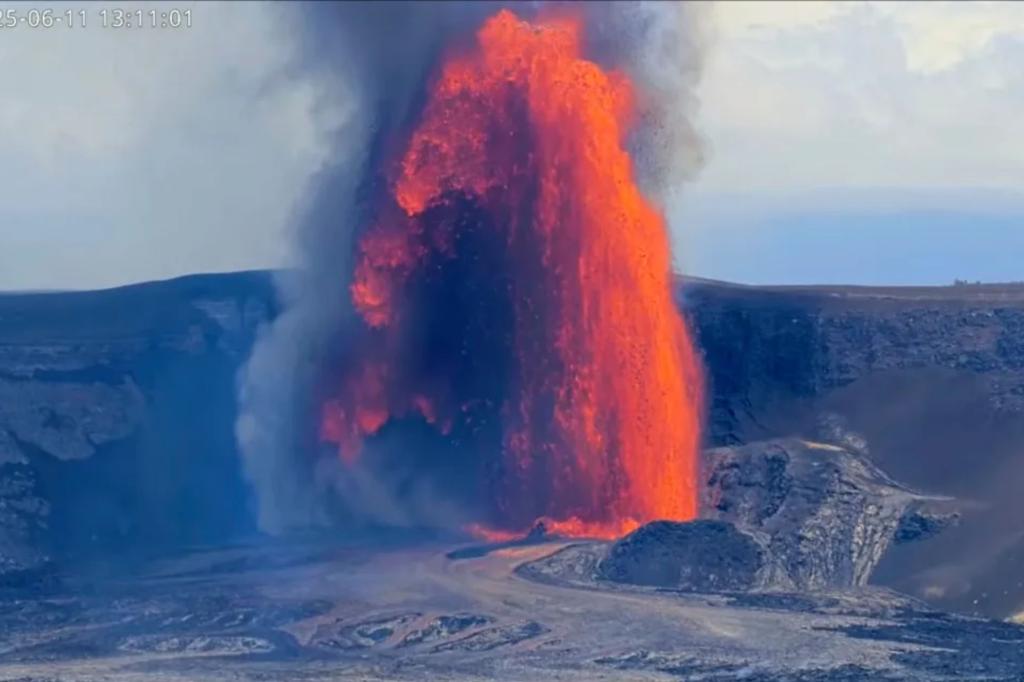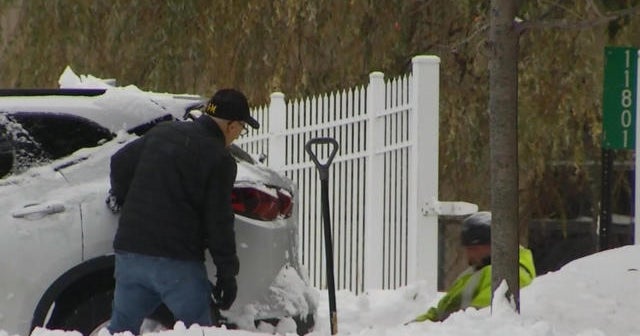Insights from a Former FEMA Chief: Are We Prepared for the Next Hurricane?
As hurricane season approaches, the urgency for comprehensive disaster preparedness intensifies. The former Administrator of the Federal Emergency Management Agency (FEMA), Craig Fugate, has shared crucial insights that can guide individuals and communities in their preparations for natural disasters. This article delves into the key steps that can be taken to ensure safety and resilience in the face of impending hurricanes.
The Current State of Hurricane Preparedness
Despite advancements in technology and forecasting, many communities remain ill-prepared for hurricanes. According to Fugate, the gap between knowledge and action is widening. While meteorologists can predict the path and potential impact of hurricanes with increasing accuracy, the public’s response often falls short. The National Oceanic and Atmospheric Administration (NOAA) has reported that only 60% of residents in high-risk areas have an emergency kit ready, highlighting a significant preparedness gap.
Understanding the Risks
Fugate emphasizes the importance of understanding the specific risks associated with hurricanes. Not all hurricanes are alike; they can vary significantly in terms of wind speed, storm surge, and rainfall. Communities must assess their vulnerabilities based on geographic location, infrastructure, and population density. For instance, coastal areas may face devastating storm surges, while inland regions could experience flooding due to heavy rainfall.
Steps for Individual Preparedness
- Create an Emergency Plan: Every household should have a detailed emergency plan that outlines evacuation routes, communication strategies, and meeting points.
- Build an Emergency Kit: Essential supplies should include water, non-perishable food, medications, flashlights, batteries, and important documents.
- Stay Informed: Regularly monitor weather updates from reliable sources. The NOAA Weather Radio is a crucial tool for real-time information.
- Participate in Community Drills: Engaging in local disaster preparedness drills can enhance individual readiness and foster community cohesion.
Community Resilience and Collaboration
Fugate advocates for a community-centric approach to disaster preparedness. Local governments and organizations play a vital role in fostering resilience. This includes:
- Establishing Local Emergency Management Plans: Communities should have tailored emergency management plans that address their unique risks and resources.
- Building Infrastructure: Investing in infrastructure improvements, such as flood defenses and early warning systems, can mitigate the impact of hurricanes.
- Engaging Residents: Community engagement initiatives, such as workshops and informational sessions, can empower residents to take proactive steps in their preparedness.
The Role of Technology in Disaster Preparedness
Technological advancements present new opportunities for enhancing disaster preparedness. Fugate highlights several innovative tools that can aid in this endeavor:
- Mobile Applications: Apps designed for emergency management can provide real-time alerts, evacuation routes, and safety tips.
- Social Media Platforms: These platforms play a critical role in disseminating information quickly and effectively during emergencies.
- Data Analytics: Utilizing big data can help predict patterns and improve response strategies, allowing for better resource allocation.
Looking Ahead: Preparing for the Future
As climate change continues to exacerbate the frequency and intensity of hurricanes, it is imperative that both individuals and communities adopt a forward-thinking approach to disaster preparedness. Fugate warns that the increasing unpredictability of weather patterns necessitates a shift in mindset—from reactive to proactive preparedness.
Investing in resilience-building measures is not just a governmental responsibility; it requires collective action from all sectors of society. Businesses, educational institutions, and non-profits must collaborate to create a culture of preparedness. This includes ongoing training, resource sharing, and fostering a sense of community responsibility.
Conclusion
As we stand on the brink of another hurricane season, the insights from Craig Fugate serve as a vital reminder of the importance of preparedness. By understanding the risks, taking concrete steps towards individual and community resilience, and leveraging technology, we can better equip ourselves for the challenges ahead. The question remains: Are we ready for the next hurricane? The answer lies in our proactive efforts today.
See more Your Daily Weather



